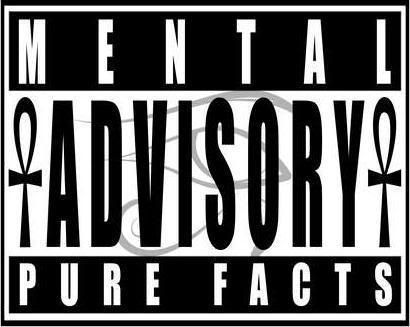Wednesday, June 6, 2012
Spy cams installed in NY hospital bathrooms to monitor handwashing
Here goes the last great American sanctuary from intrusion- bathrooms with spy cams. Going to the bathroom has now been monitored in a hospital in NY where sensors were placed on the doors to identify workers entering and exiting and cameras placed to view sinks to insure proper hand hygiene. We are one step away from the all intrusive commode-cam to see who wipes their butt in the right direction.
Granted, this was instituted to evaluate hand hygiene compliance which is critical in a hospital. But this Big Brother system also does shift compliance analysis to report the last two shifts in LED readouts covering the statistics for "hygiene events." Is this a contest between shifts? But Big Brother also has a word to say as the LEDs also offer "encouragement" to anyone passing by. The good news is that the number of "hand washing incidents" reportedly went from 60 percent to 81 percent in a few months. That's nice.
The feedback for compliance is called "observations." But how effective is it when the actual hand-hygiene compliance rates during these hospital shifts ranged from a low 30.8 percent to still-too-low 91.2 percent? The author of this Medscape report out May 30th states that "...hand-hygiene compliance is probably much lower than most visual observations would predict..."
So this helps with the private bathroom hand-washing security check but what about washing hands before and after patient contact? That was not monitored in this hospital and this is where you come in. When the doc, nurse, intern or candy striper comes in, you have the perfect right to ask them to wash their hands before touching you. As they leave the room, feel free to mention to them that they failed to wash their hands after the exam or procedure.
Not a new struggle
Over the last 30 years there have been countless efforts to change poor hand hygiene in hospitals. In spite of this, poor hygiene continues to contribute to high rates of infections acquired in hospitals, medical clinics and other health care settings. According to the World Health Organization, hygiene related infections affect as some 1.7 million patients a year in the United States alone. The cost is astronomical, topping an annual cost of $6.5 billion and contributing to more than 90,000 deaths annually.
Dr. Mark R. Chassin of the Joint Commission, the most important hospital accrediting agency in the United States says: "Health care organizations have been working on hand hygiene for a long time... But no one has solved the problem to the degree that we all want." The Joint Commission defines excellence and standards of quality for more than 90 percent of hospitals in the U.S. and even they cannot make good hand hygiene happen.
A smoking news headline from Scotland on May 17th 2012 reports: "MORE than one in ten doctors, consultants and surgeons in Scotland's hospitals are failing to wash their hands often enough." In an observational study recorded in Pubmed, 7.6 percent of doctors in two hospitals washed their hands between patients during rounds. The Pubmed study concluded that hand hygiene is more experiential than rational, and that traditional approaches based on logic and reasoning alone probably will not work.
It's common knowledge that washing hands is the best way to avoid getting sick and prevent the spread of germs and infection but it's solely up to you to see that hand hygiene happens so you don't become one of the 90,000 a year casualties from dirty hands.
Sources for this article
http://www.medscape.com/viewarticle/764105?src=mp&spon=38
http://www.nytimes.com/2009/09/17/health/17chen.html?pagewanted=all
http://www.deadlinenews.co.uk
http://www.ncbi.nlm.nih.gov/pubmed/18675145
http://www.naturalnews.com
Subscribe to:
Post Comments (Atom)

No comments:
Post a Comment